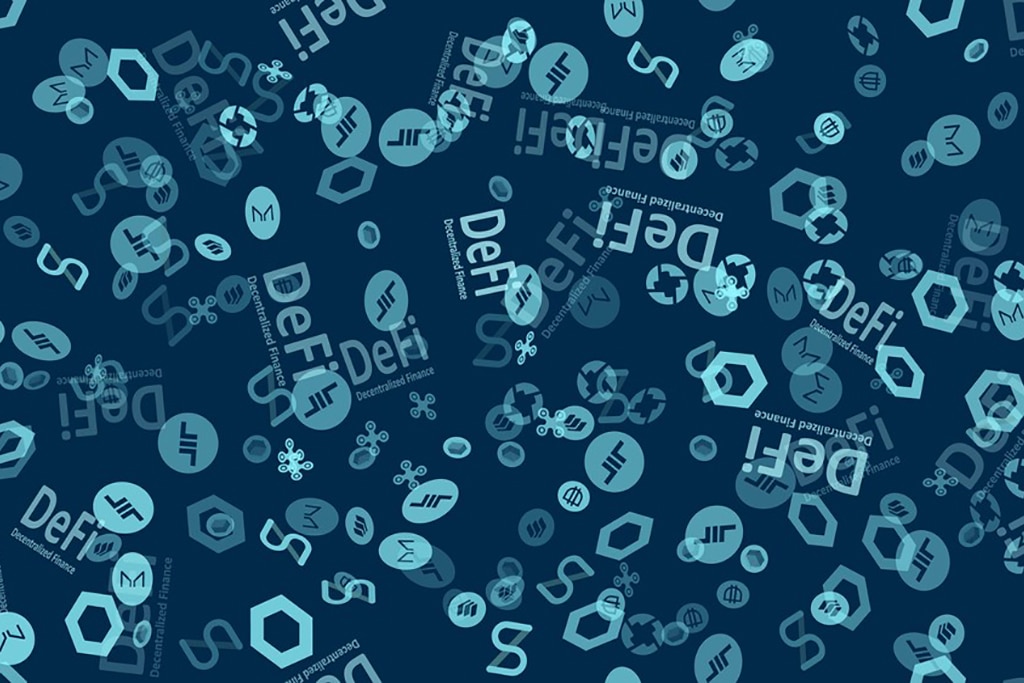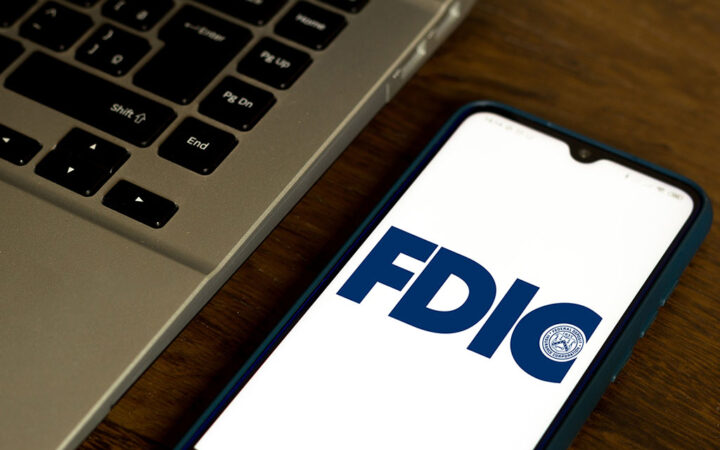
Please check out latest news, expert comments and industry insights from Coinspeaker's contributors.
A project known as Steady State is attempting to enhance user confidence in DeFi protocols in a way similar to how the FDIC instilled confidence in the American banking system.

Crypto seems to have finally broken into the mainstream. The Securities and Exchange Commission (SEC) recently greenlighted bitcoin-linked exchange-traded funds (ETFs), Visa and Mastercard are processing payments in crypto, and it has been reported that BTC reached its most recent record-breaking high on the heels of institutional investors racing to add the digital asset to their portfolios.
Taxi drivers on Main Street might be talking about Bitcoin, but decentralized finance (DeFi), which began gaining traction in the middle of 2020, is still far from gracing the lips of mainstream investors. Despite DeFi’s explosive growth in the last year, the total value locked (TVL) in DeFi, at over $230 billion, pales in comparison with the overall crypto market cap sitting north of $2.5 trillion.
The unrealized potential of DeFi’s TVL can be measured in the hundreds of trillions of dollars. Essentially, the entire world of financial services can be replicated on the blockchain through smart contract-enabled protocols and platforms, but DeFi has a long way to go before it can reach an equal footing with traditional finance (TradFi).
One glaring absence in the DeFi spectrum is the lack of insurance services, a sector that earned $881 billion in revenue for US TradFi during 2020 alone. This is a massive amount of value DeFi is leaving on the table, and addressing this gap in services could even lead to furthering DeFi’s mass adoption.
Nobody wants to lose money, and there are few users can do to get their assets back when falling victim to the many risks inherent in DeFi. So, DeFi’s current situation, where all a platform can do is hope an attacker has a good heart and returns $600 million in stolen assets, isn’t the most attractive proposition for mainstream investors big and small.
Insurance has been proven to stimulate economic growth through the security, stability, and opportunities for development it provides. Insurance encourages growth by mitigating the economic downside to catastrophes that could strike at any moment, and DeFi’s TVL could enter the stratosphere once DeFi insurance policies enter the picture and mitigate the downside to the long list of DeFi’s possible risks.
If stability and security are major factors in driving growth and development, then it’s a wonder how DeFi manages to persevere despite a tumultuous run to date. Participating in DeFi can be a risky business, and one report published this year found that over 75% of all crypto hacks perpetrated in the first half of 2021 were DeFi related.
A 2020 report identified 18 non-financial risks users are exposed to when interacting with DeFi smart contracts. Included in these risks are smart contract bugs, protocol design issues, scalability issues, regulations compliance, and the risk that comes with any new endeavor: the great unknown list of risks DeFi has yet to encounter.
DeFi is a community-driven financial sector that relies on technology to provide trustless solutions for the way people can grow their wealth. While this sector of finance is very much in its infancy, DeFi will have a very hard time developing its community past a certain stage of adoption and entering the mainstream without DeFi protocols taking serious measures to protect their users against harm.
The United States government helped rebuild confidence in the banking system in the 1930s with the introduction of the Federal Deposit Insurance Corporation (FDIC). The FDIC protected individuals’ deposits without them having to take out an insurance policy each time they opened an account, and this kind of built-in protection for deposits helped return mainstream faith in American banking with what could today be called great user experience.
A project known as Steady State is attempting to enhance user confidence in DeFi protocols in a way similar to how the FDIC instilled confidence in the American banking system. By offering a product that ensures DeFi protocols against events that can be verified on-chain, Steady State makes it easier for the users of those protocols to sleep at night knowing their assets are covered against certain catastrophes.
While individuals can always take out insurance policies for themselves, a DeFi ecosystem that is formed by services that ensure their platform against multiple events on their users’ behalf isn’t a bad idea. After all, DeFi protocols have made it a practice to build trust with users by paying for third-party audits themselves, not asking each new user to pony up for the service.
Disclaimer: Coinspeaker is committed to providing unbiased and transparent reporting. This article aims to deliver accurate and timely information but should not be taken as financial or investment advice. Since market conditions can change rapidly, we encourage you to verify information on your own and consult with a professional before making any decisions based on this content.

Please check out latest news, expert comments and industry insights from Coinspeaker's contributors.




